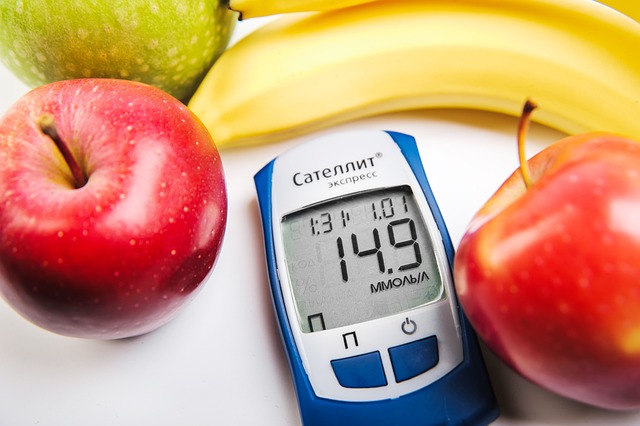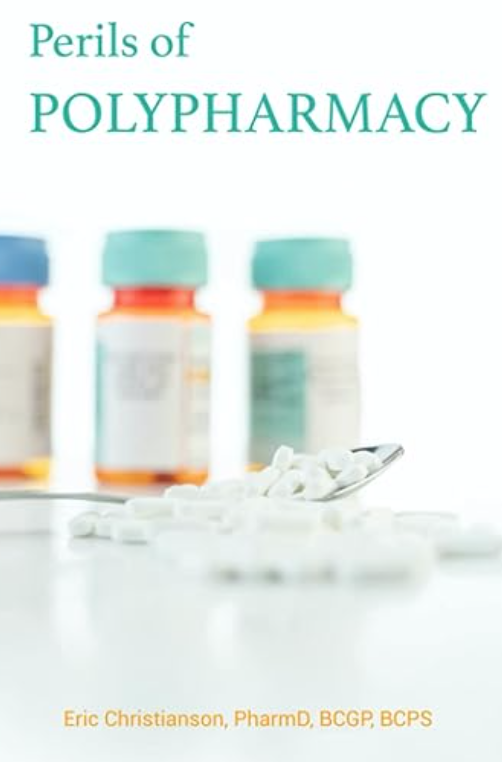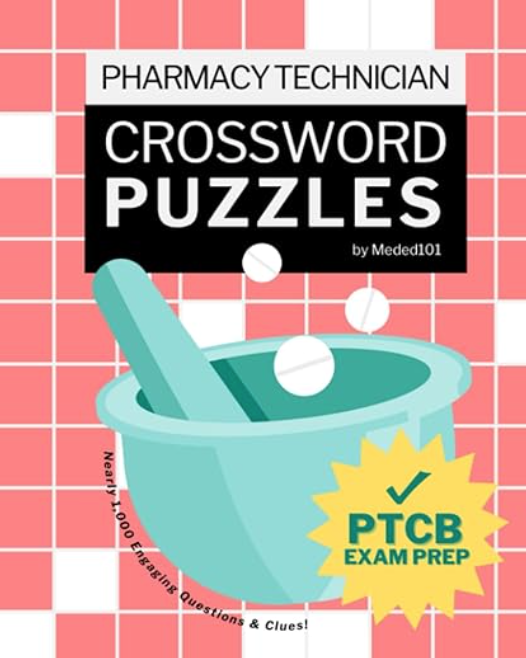Treating patients with type II diabetes often requires an array of medications to control blood sugar and manage various comorbidities. Understanding possible drug-drug and drug-disease interactions between medications is extremely important for optimizing medication therapy, preventing adverse effects, and overall improving patient outcomes in diabetes patients. In this article, we outline the top 10 drug interactions observed in practice and their impact on diabetes care.
Corticosteroids and Hyperglycemia
Corticosteroids can elevate blood glucose levels in individuals with or without diabetes. This medication class can further contribute to insulin sensitivity and reduce glucose uptake by the muscle/fat, causing higher levels to circulate in the bloodstream. Patients with diabetes and corticosteroid prescriptions should closely monitor their blood glucose levels given the risk of developing diabetic ketoacidosis (DKA) and be informed about the possible risks involved. This drug interaction in diabetes care can be frustrating for patients who have well-controlled blood sugars. It is also important to remember that any insulin or medication adjustments upward could increase the risk for hypoglycemia after the steroid regimen has been completed.
Heart Failure and Thiazolidinediones
At this time, the only thiazolidinedione on the market in the United States is pioglitazone. Pioglitazone is an oral medication used for type II diabetes, often for its affordability, relatively low risk of hypoglycemia, and potential benefit in atherosclerotic cardiovascular disease (ASCVD). However, one major consideration for prescribing pioglitazone is that it can exacerbate heart failure and directly oppose the action of loop diuretics. Therefore, pioglitazone should be avoided in patients with NYHA Class III/IV heart failure. This is one of the common drug-disease interactions in diabetes care that may show up on your board exam!
GIP/GLP-1 Receptor Agonists and Oral Contraceptives
The GIP/GLP-1 receptor agonist, tirzepatide (Mounjaro, Zepbound), has grown increasingly popular for its management of both type II diabetes and weight loss. Given this medication’s ability to slow down gastric emptying time, it is believed to impair the absorption of oral contraceptives, reducing their efficacy. This effect is most prominent after the initial dose of tirzepatide, but lessens over time as gastric emptying times become less prolonged. Therefore, the FDA recommends that patients using oral hormonal contraceptives add or switch to a non-oral contraceptive method for a minimum of 4 weeks with each new dose increase.
Sulfonylureas and Insulin Therapy
Sulfonylureas and insulin are both medications used for the management of type II diabetes. Both agents are classified as possessing hypoglycemic risk, so when used in combination with each other, they may potentiate the risk of developing it. This is especially pertinent for individuals with chronic kidney disease, as reduced kidney function may also lead to reduced kidney clearing of these agents.
DPP-4 inhibitors and GLP-1 Receptor Agonists
GLP-1 receptor agonist use has soared over the past few years, so it is important to recognize this inappropriate medication combination. GLP-1 RAs should NOT be used with DPP-4 inhibitors, as they both share the same mechanism of increasing GLP-1 levels within the body. This combination is not approved by the American Diabetes Association given its inability to provide additional glucose-lowering effects. Combining these two classes of medications may even increase the risk of side effects such as gastrointestinal upset and pancreatitis.
Antipsychotics and Diabetes Management
Second-generation (atypical) antipsychotics are infamous for their range of metabolic side effects, increasing the risk of developing weight gain and type II diabetes. Some studies suggest that the risk of developing DKA in patients with diabetes taking atypical antipsychotics was 10 times higher than that of the general population. Therefore, when initiating antipsychotics in a patient with a history of diabetes, it is essential to monitor blood glucose levels to prevent diabetes complications.
Beta Blockers and Hypoglycemia
Beta-blockers have the potential to mask symptoms of hypoglycemia, a common adverse effect of many diabetes medications. Given their cardiovascular function, beta blockers mask symptoms such as shakiness, heart palpitations, and anxiety. Patients should be informed of this potential interaction and the most common detectable symptom of hypoglycemia that is not affected by beta blockers – excessive sweating. Additionally, beta-blockers may lead to the development or exacerbate pre-existing diabetes and require monitoring.
UTIs and SGLT2 inhibitors
SGLT2 inhibitors are commonly used medications for patients with diabetes, especially for those with comorbidities like chronic kidney disease or heart failure. SGLT2 inhibitors reduce the reabsorption of glucose by the kidneys, ultimately leading to elevated glucose levels in the urine. High levels of glucose within the urine can lead to mycotic or bacterial infections due to the increase in the growth of microorganisms. In patients with a history of recurrent urinary tract infections (UTIs), this risk is higher.
Alcohol Use with Metformin
When considering the adverse effects of metformin, it is important to also consider the risks when alcohol consumption. Chronic alcohol consumption can increase the risk of developing hypoglycemia, as the liver prioritizes the metabolism of alcohol over maintaining blood glucose levels. Additionally, excessive alcohol use increases the risk of developing lactic acidosis, as it can impair the liver’s function to metabolize lactic acid. While rare, it is a serious issue that patients should be able to recognize by its symptoms of tachycardia, nausea/vomiting, weakness, and confusion which require immediate medical attention.
Fluoroquinolones and Sulfonylureas
Fluoroquinolones are broad-spectrum antibiotics used for a variety of bacterial infections. One of their unique properties is that they can disrupt normal glycemic control by altering insulin release from the beta cells of the pancreas, increasing the risk of developing hypoglycemia. Given this effect, the American Diabetes Association cautions against concomitant use with sulfonylureas, suggesting prescribers hold or decrease the dose of the sulfonylurea for the duration of treatment.
There you have it, our top 10 drug interactions in diabetes care. Would add or remove anything to this list?
Looking for more on drug interactions?
- 30 medication mistakes PDF
- 18+ Page Drug Interaction PDF
- 10 Commandments of Polypharmacy Webinar based on my experiences in clinical practice
This article was written by Christiana Carpenter, PharmD Candidate in collaboration with Eric Christianson, PharmD, BCPS, BCGP









0 Comments